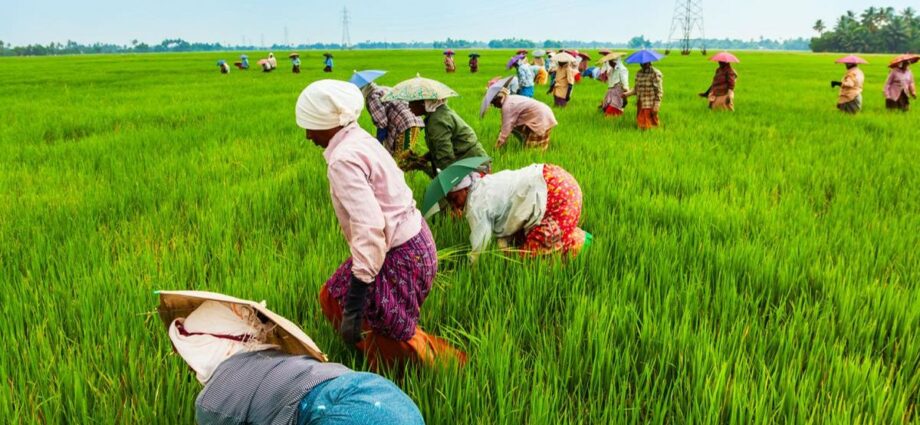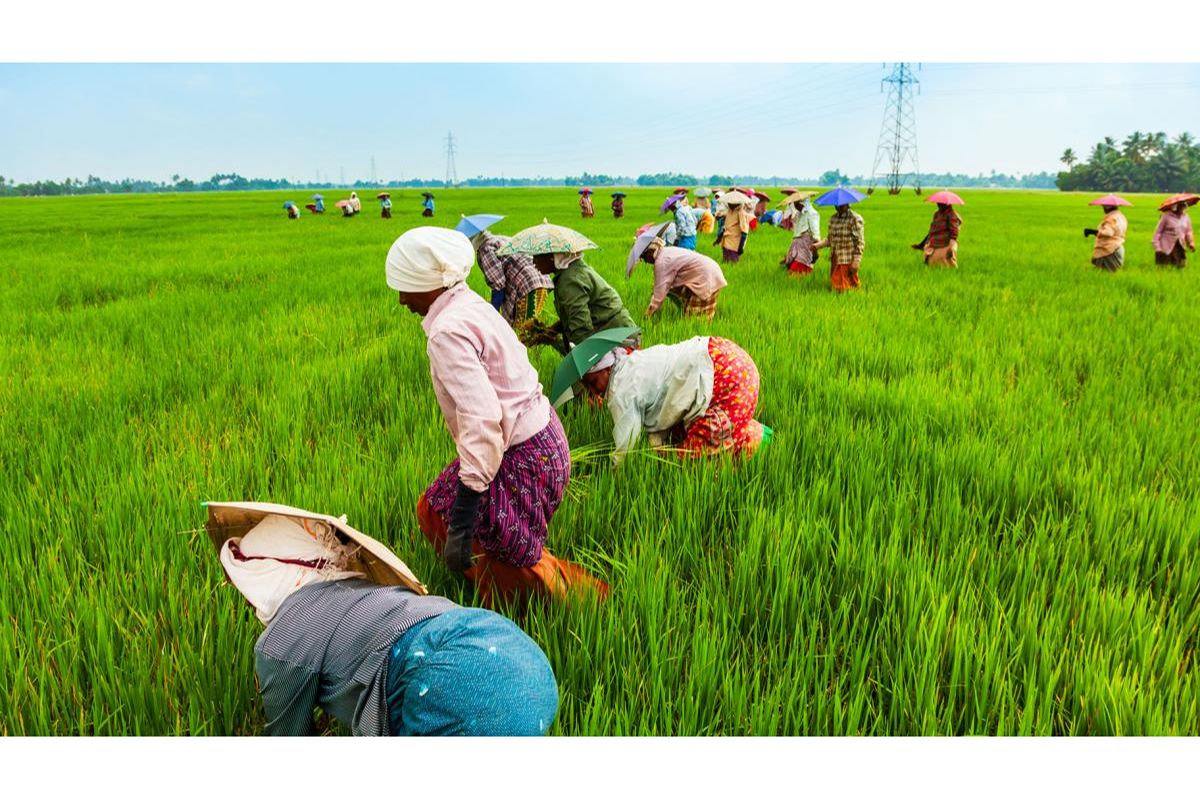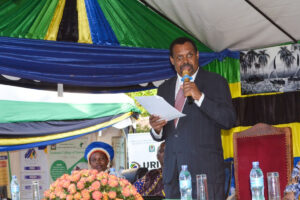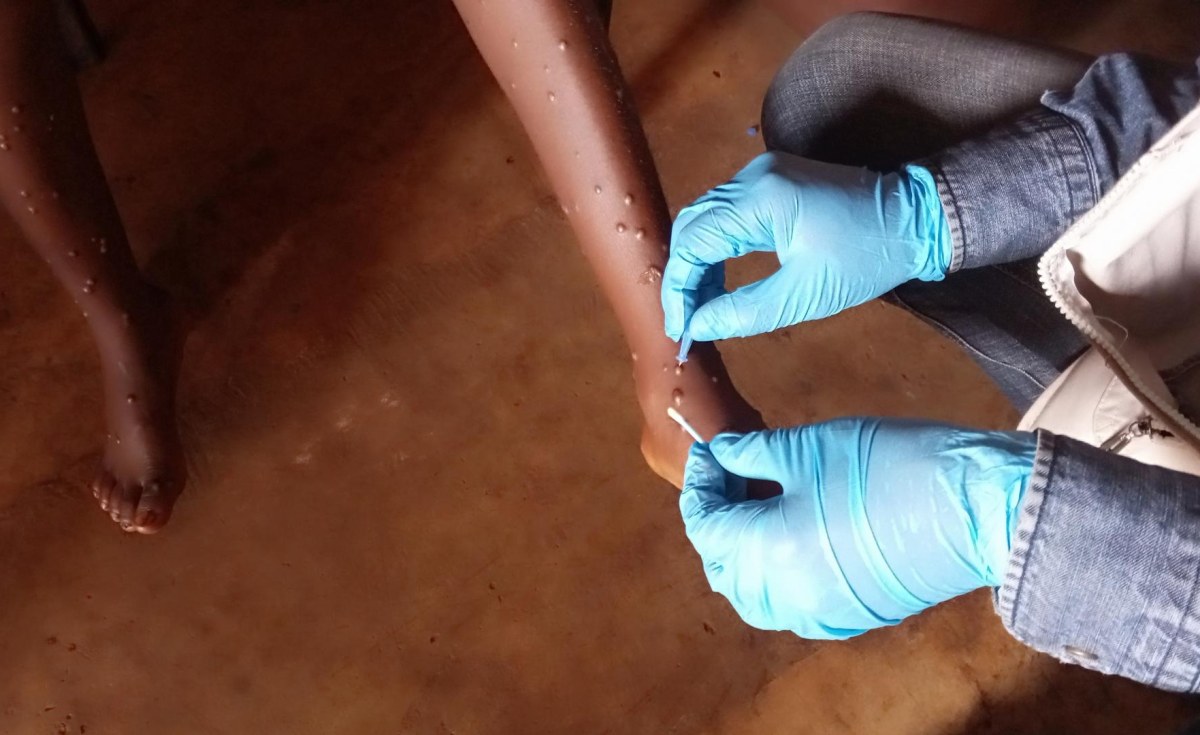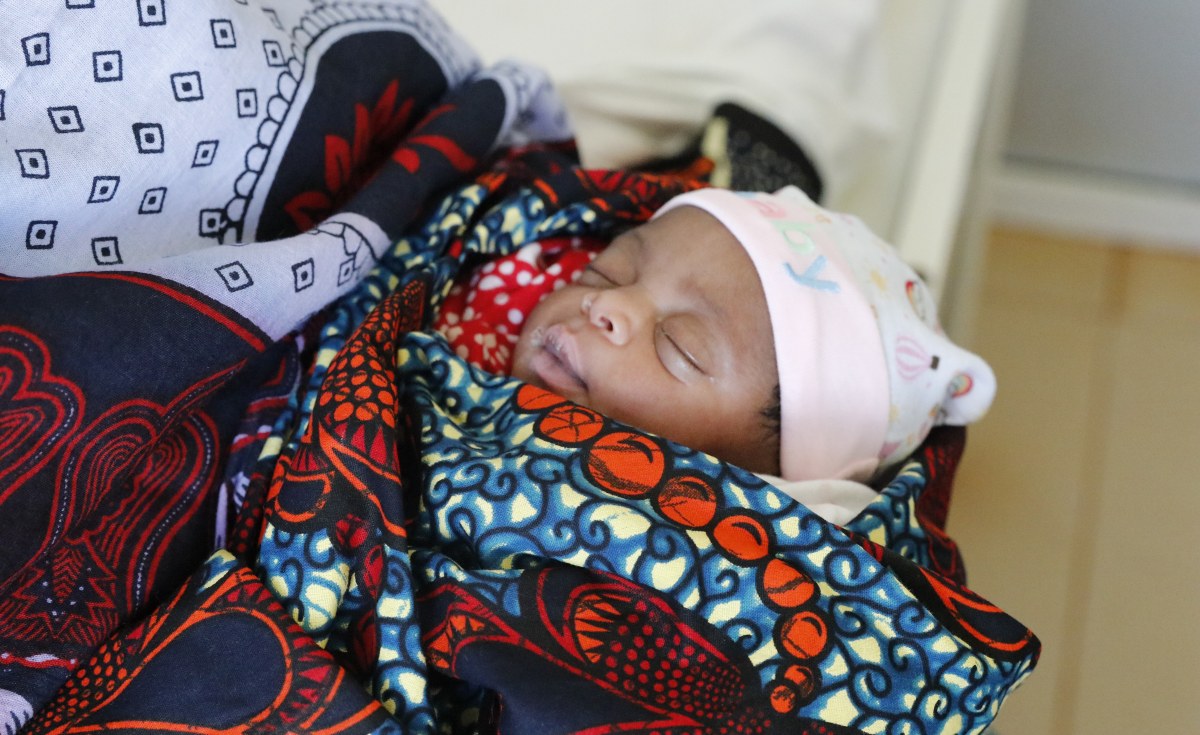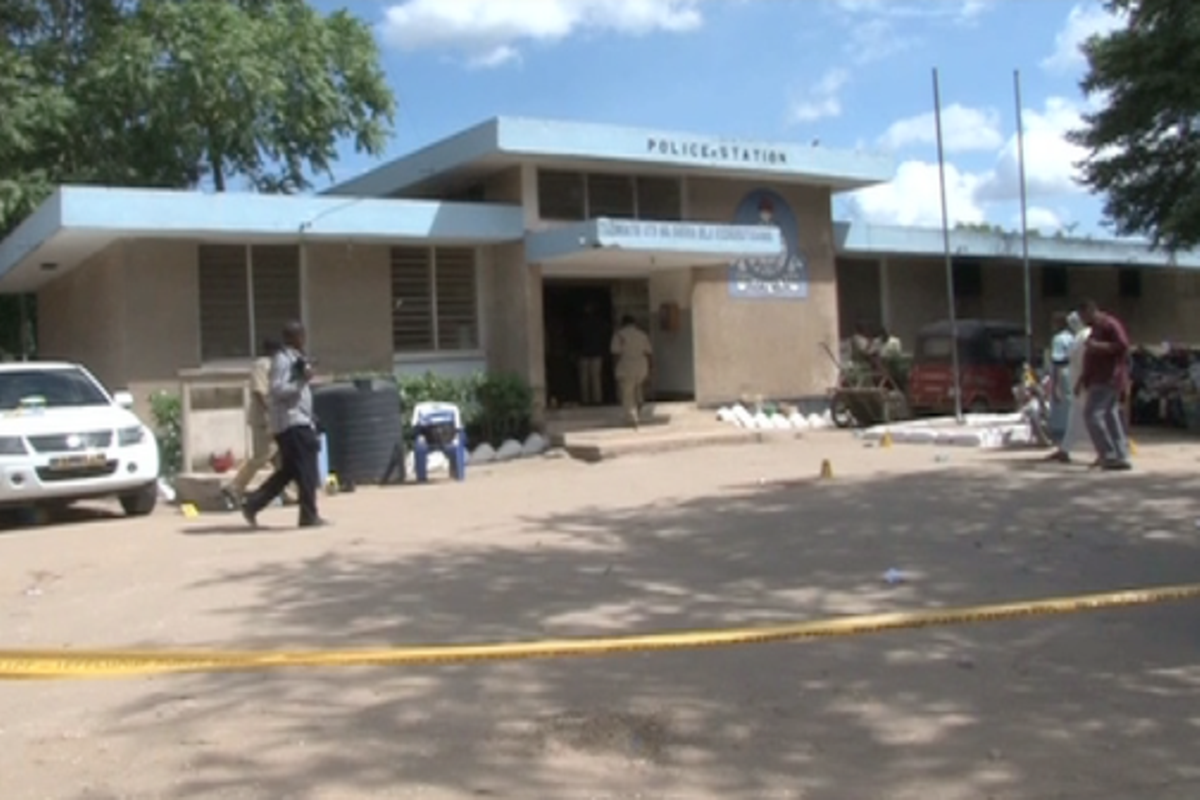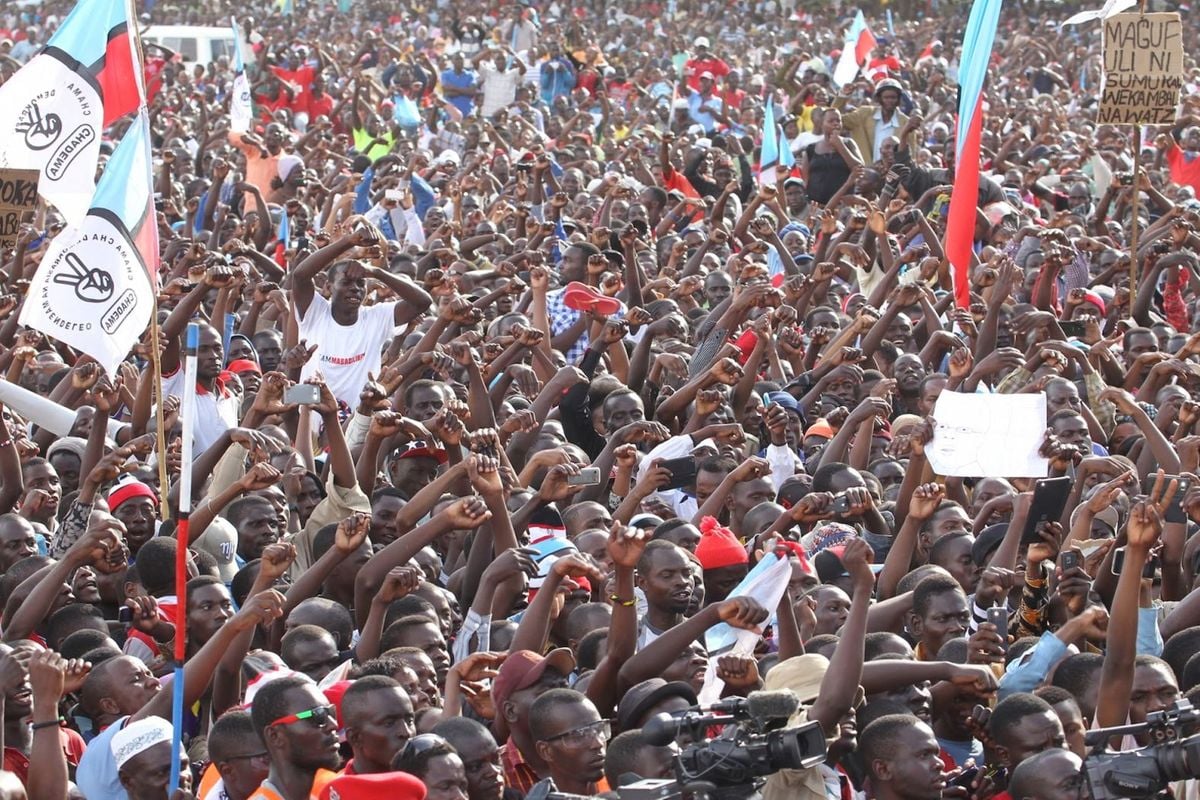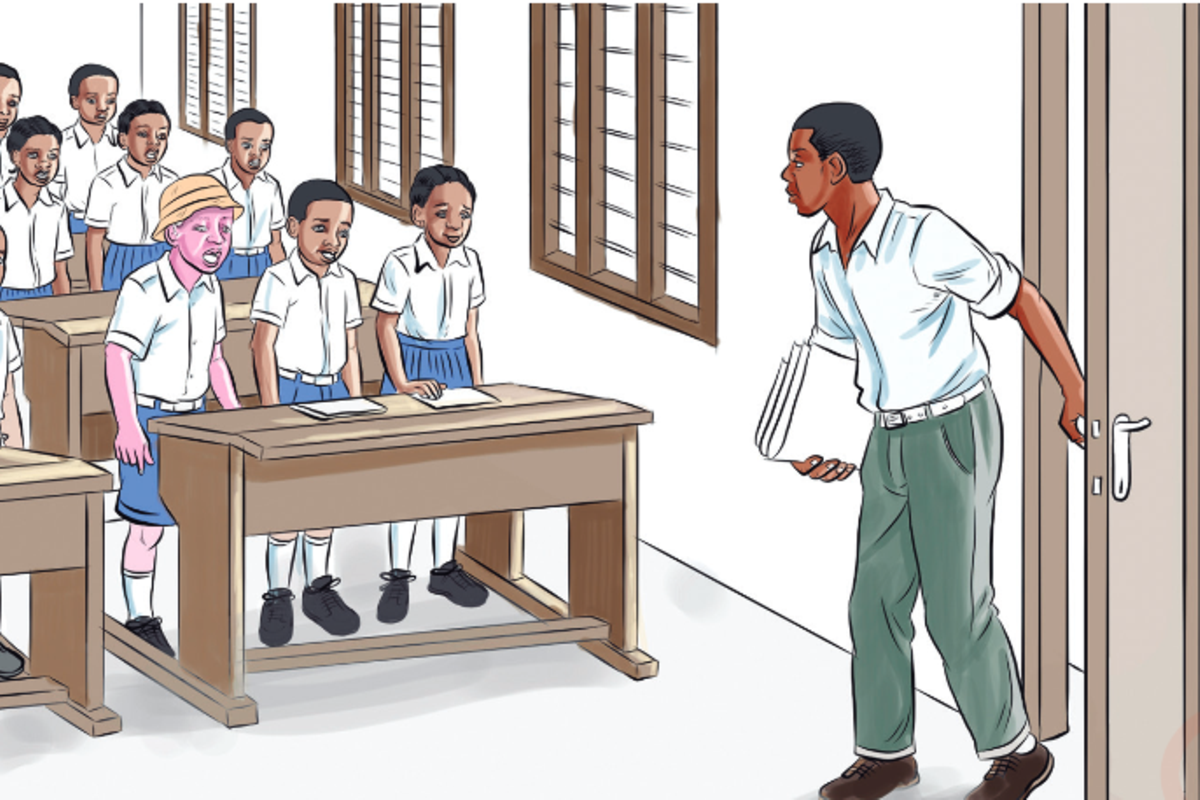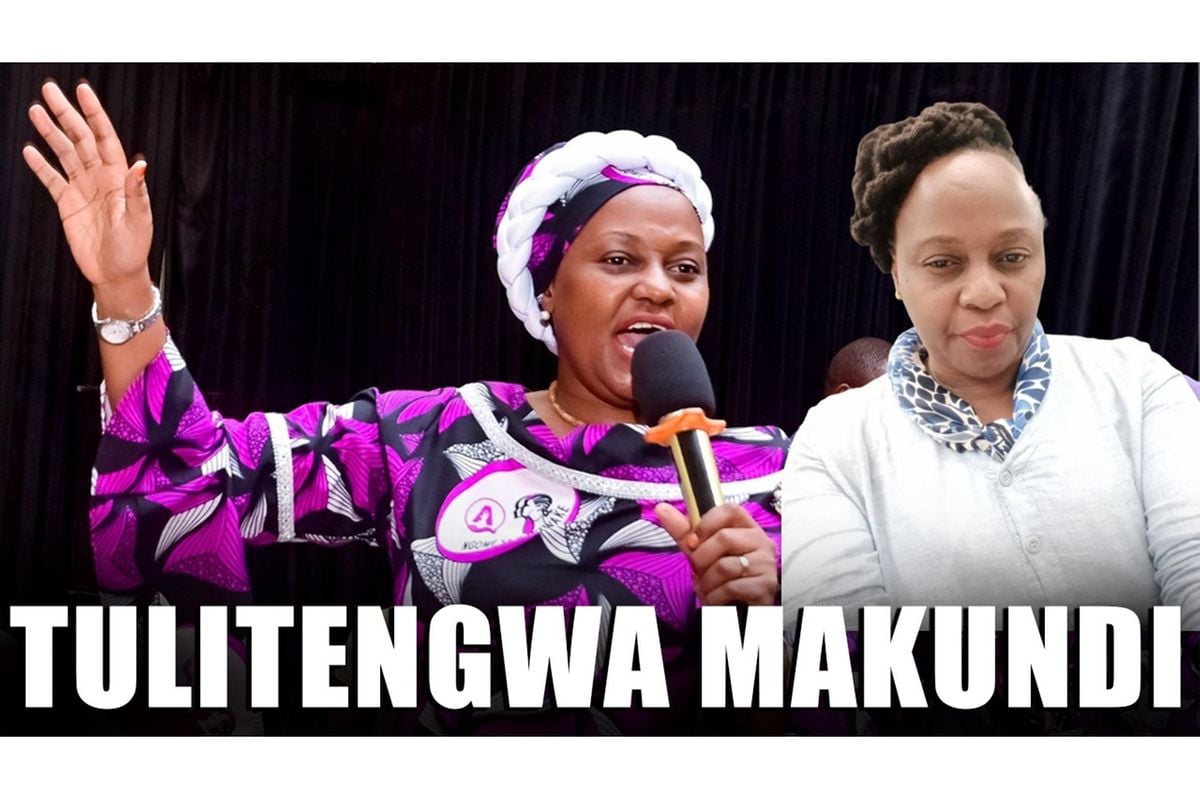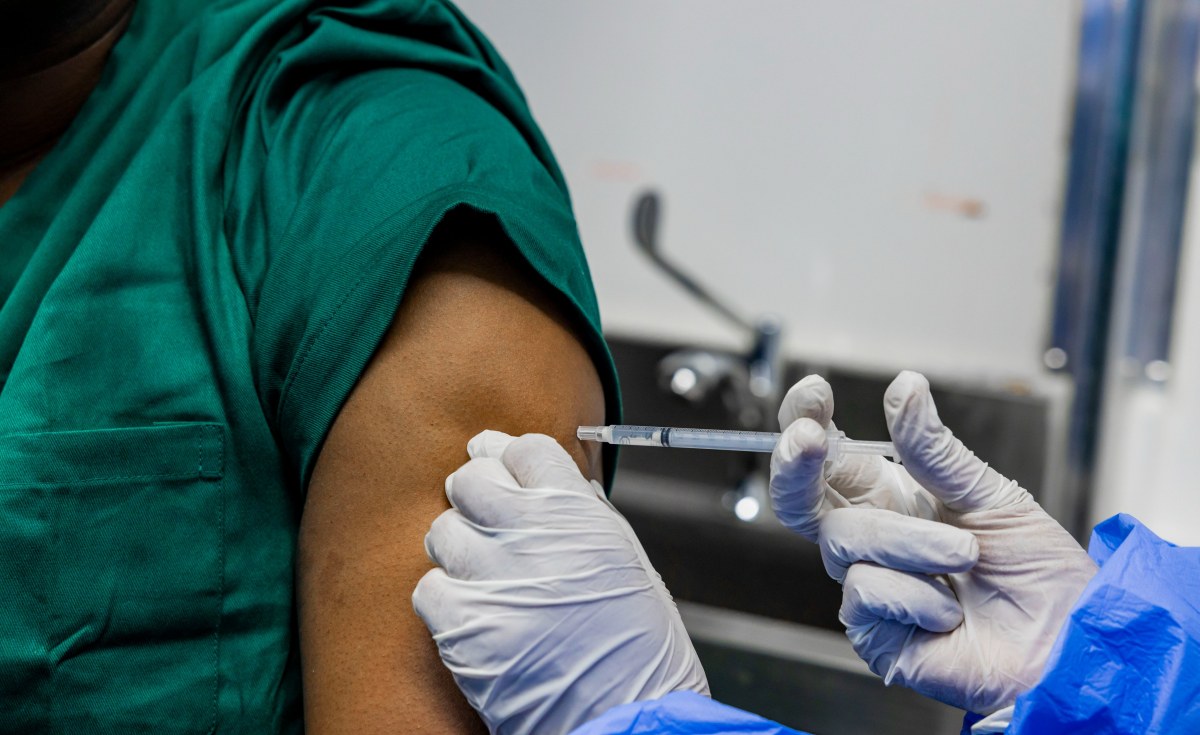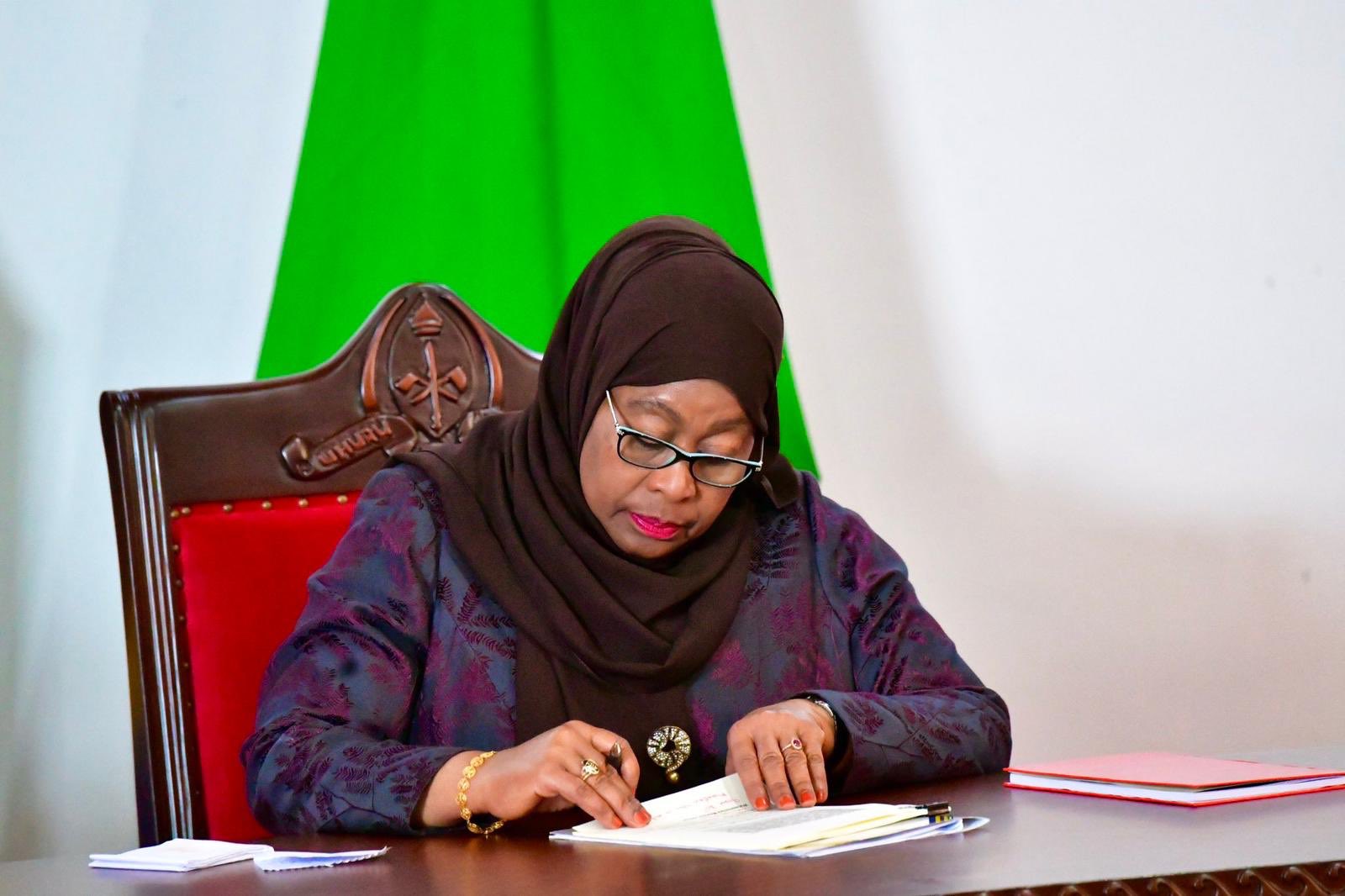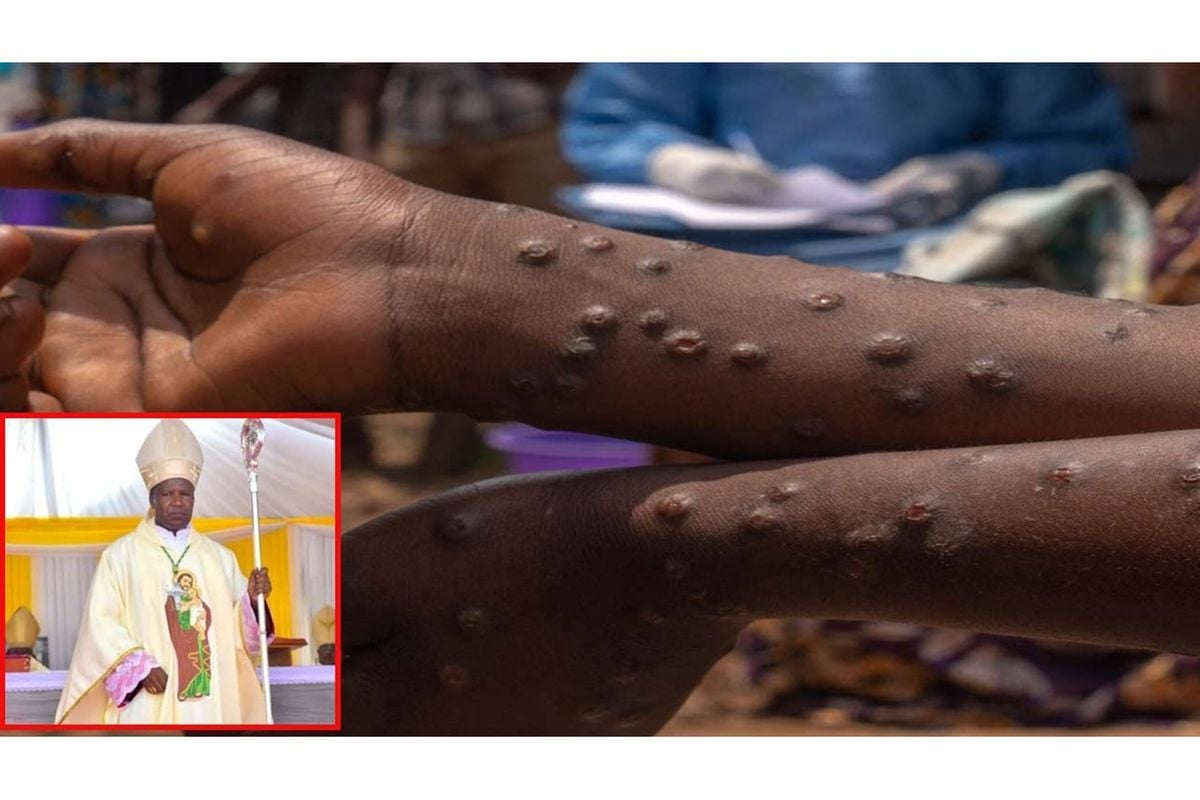By Theresia Christian
Last Friday the world witnessed launch of the ‘Status of Women in Agrifood Systems Report’ by Food and Agriculture Organisation (FAO). The high level event launch that took place at FAO headquarters came in when global food crises report (2022) indicate that the population facing acute food insecurity was greater than at any point in the six-year history of the Global Report on Food Crises (GRFC).
The new FAO report provides a comprehensive picture of the status of women across agrifood. It presents extensive data and lessons learned about gender in agrifood systems, with particular focus on how women participate in and benefit from socio-economic opportunities. It also provides recommendations on how nations can do more.
A day after the launch of the FAO report, in his speech at the high-level leaders of African countries debate on food and agriculture organised by AGRA, Dr Mwigulu Nchemba, Tanzania’s Minister of Finance and Planning, committed that, “Next financial year we will increase the budget again to reach more than Sh1 trillion and invest in agricultural infrastructure which we believe will increase the production of food crops and business and involve a large part of the community…”
According to Oxfam (2017) report, it indicates that low levels of government spending on agriculture affects the share of resources that women farmers receive.
With the commitment of Dr Nchemba, and the Ministry of Agriculture’s Agenda 10/30, its clear that the Tanzania path to #GrowEquality is on track.
While the intentions of Tanzania’s government are vivid towards transforming the agriculture sector, the new FAO report evidence calls for more than allocating budget to address the gender gap in agrifood systems.
Agrifood systems are a source of employment to 66 percent of women in Sub-Saharan Africa. In Tanzania 50 percent of the labour force in agriculture is provided by women.
The new FAO report indicates that Women engaged in wage employment in agriculture earn 82 cents for every dollar that men earn.
The FinScope report (2017) for Tanzania indicates that only fifth of dedicated farmers receive income from casual labour. These statistics include both men and women.
The new FAO report suggests that closing the gender gap in farm productivity and the wage gap in agrifood-system employment would increase global gross domestic product by 1 percent (or nearly $1 trillion).
Further the report indicates that this would reduce global food insecurity by about 2 percent, reducing the number of food-insecure people by 45 million.
The UNDP women in the agricultural sector report (Tanzania) released in March 2023 indicates that by Tanzania addressing the gender gap in agricultural productivity, it is estimated that there will be annual increase of agricultural production by 2.7 percent.
This will lift around 80,000 people out of poverty each year and add 0.86 percent to the country’s gross domestic product (around $583.4 million a year).
The Agenda 10/30 seeks to increase the agriculture sector’s growth rate to 10 percent per annum by 2030. This is from 3.2 percent growth rate in 2021. While the agenda 10/30 goals prove to provide a possible solution to address gender inequality in agriculture sector, according to the new FAO report calls for multi-approaches into the matter.
According to IFAD, bout 80 percent of food produced in Tanzania is by smallholder farmers. The UNDP (2023) report indicates that in Tanzania 67 percent of female workers are employed in agriculture. This implies that with policies established to address gender gaps in agrifood systems, majority women and their families will benefit.
It is evident that Increasing women’s empowerment is essential for women’s well-being and has a positive impact on agricultural production, food security, diets and child nutrition. As a country that has taken the step towards addressing gender gaps in agrifood systems, it’s high time to embed pragmatic gender-transformative approaches.
These can include policies and or frameworks to address issues like; Enhancing women’s rights to own or have secure tenure over agricultural land, improving women’s access to agricultural extension to maximise food security and nutritional outcomes, setting social security programmes.
Furthermore, the report recommends need availability of sex and age disaggregated data on access to productive assets and services, climate-change adaptation, resilience, and nutrition.
Dear Tanzania, Let’s Grow Equality.
Theresia Christian is a communication for development expert currently working as a Principal Public Relations and Marketing Officer at Tanzania Agricultural Development Bank

